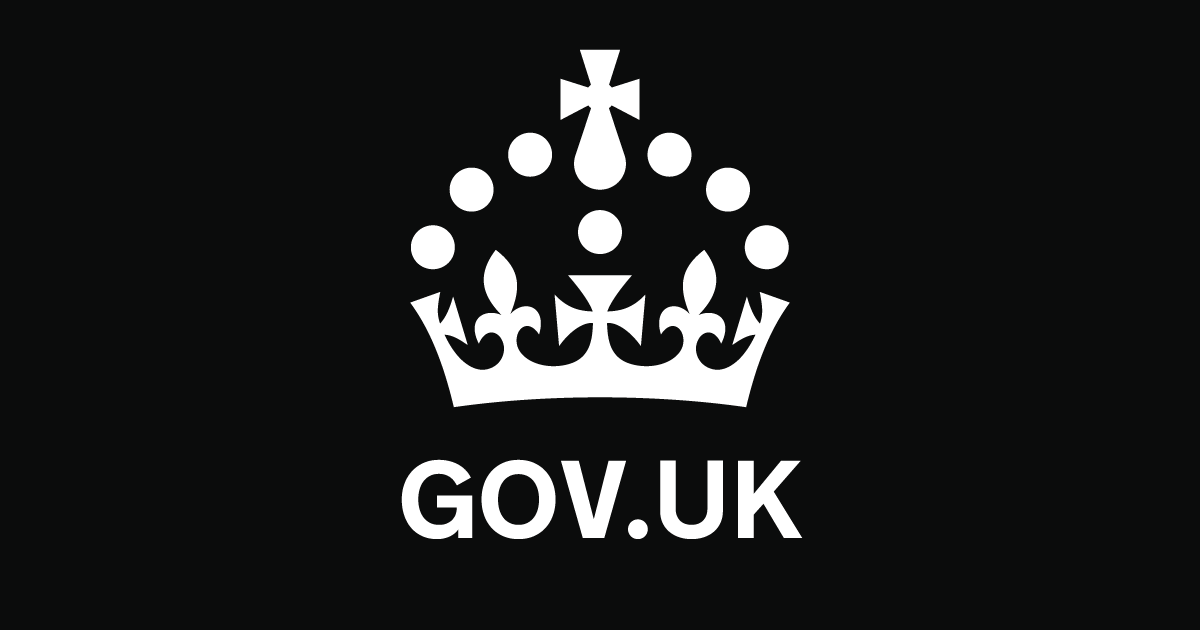@Wattsisname If you can remember Tesla delivered my car with a "Kerbed" wheel that suffered damage while being delivered.

I got the damaged wheel as way of compensation along with a £90 gift voucher for my troubles.
I have painted the said wheel and it's now in my garage with a brand new tyre fitted as a spare if I ever need one.
Here below is how it looked when it arrived.

It looks like new again now.
 View attachment 833866
View attachment 833866I had quite forgotten that late night home delivery saga with three Tesla Tykes (

Yorkshire) gallantly exposing the offending driver.




